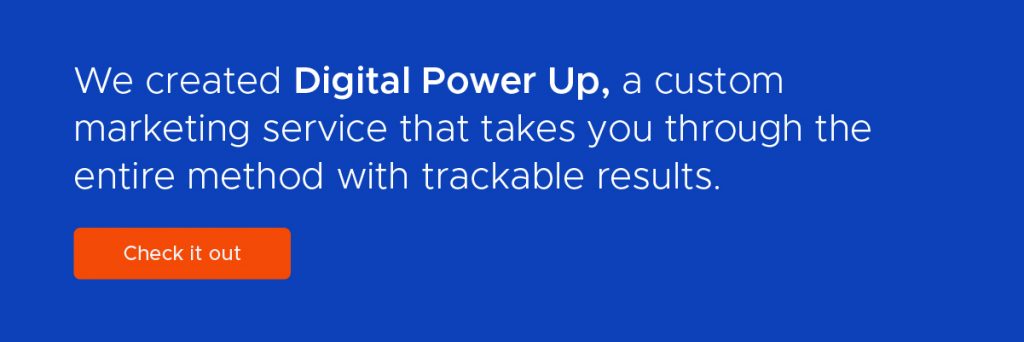What is the number one priority for businesses nowadays? Most companies will probably say it’s getting more customers. Increasing sales is the basis of healthy growth, it allows you to better recompense your employees, support product or service innovation, it’s the end goal really. And if you run a start-up or a small business, getting more sales is even more critical to ensure survival and growth.
But things are not very easy or straightforward when it comes to attracting and converting more customers. The customer buying journey is fragmented across different devices (mobile, desktop, tablet) and platforms (social media, search engines, your owned media).
If you are a B2B company, things can get even more complex because your sales cycle might be longer and your prospects might need more nurturing and educating before being ready to buy.
At Stoica Digital, we’ve been working on a process to help small B2B companies get more customers online. Using our experience in working with small companies and startups, we put together an easy to follow the process and hopefully after going through it, you will have more clarity as to what you need to do.
So if you’ve been looking for a simple yet thorough method to ramp up you B2B sales online, let’s dive in.
The basis of our process is:
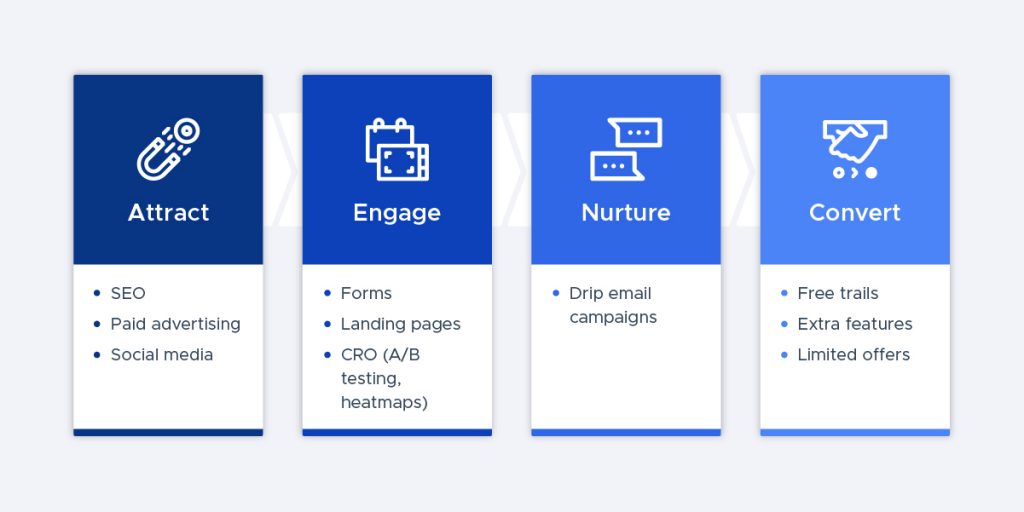
Before anything, you need to attract (the right kind of) visitors to your website. You can either get visitors through organic search, social media or paid advertising. Once these visitors step foot onto your website, your goal is to engage with them in a meaningful and relevant way. A beautiful and intuitive interface is critical for a positive first impression while well written and helpful content can keep visitors on your website longer. Before they leave your website, your goal is to capture their contact details so you can keep communicating with them. Your next job is to nurture those visitors who previously gave you their contact details and focus on providing them with valuable content. As some of these now turned leads become ready to buy, you need to concentrate on converting through well-targeted offers.
Here is a list of all the topics we cover in this article. You can jump to any section by clicking the corresponding link.
1. Attract
Your first task is to attract the right audience to your website. It doesn’t matter how optimized for conversion your website is; if you don’t manage to attract enough traffic you can compromise the rest of the process.
You can attract visitors from different sources:
- Organic traffic
- Paid advertising
- Social media
Organic traffic is made up of visitors that reach your website using a search engine such as Google or Bing. With people spending ever more time on the internet, it is crucial to get in front of users when they research services or products.
Getting your SEO right will increase your chances of being found in search results. A good SEO strategy should consider:
- getting your website in good shape (good site speed on both mobile and desktop, crawlable content and simple navigation structure)
- optimizing your web-pages around most lucrative keywords (also known as on-site optimization)
- creating up to date and valuable content, that is also optimized around targeted keywords
- a good backlinks profile (that is getting enough inbound links from high-quality websites)
If you want to learn further how to increase your website’s visibility, check out our guide on how to do in-house SEO.
Paid advertising can be especially helpful if you run a new business. When you compete with older, more established businesses, beating them in search results can take a lot of time and effort.
Depending on where your customers spend their time, you can opt to advertise on Facebook, LinkedIn or go for Google Ads. You can start with a pilot campaign on all three platforms and compare results to decide which one makes more sense for your business.
Social media can also help you attract visits. When you post interesting material that your current followers interact with (comment on, share), you increase the likelihood of reaching new people. So don’t neglect your social profiles, put them to work by posting on a regular basis. Also, be mindful of what type of content works better for each platform. More visual content such as graphs, infographics might work better on Facebook while longer articles might be better suited for LinkedIn.
2. Engage
Visitors enter your website from the different sources we discussed above. Granted your users land on pages consistent with what they were expecting to find, they will spend some time there.
Your focus now is to make the most out of their visit and turn strangers into leads. This is where a lot of websites fall short. They do a good job attracting visitors but don’t create opportunities to collect contact details except for maybe the contact page. Or they attempt at collecting data at the wrong time or the wrong manner.
Here are a few things to watch out for when asking for contact information from your visitors:
- Offer something of value in exchange for users’ details. Building durable relationships with people involves exchange, so make sure that you offer something in return. The incentive can take the form of a content upgrade such as an ebook or guide, template, free product trial.
- Most people are not ready to buy when they first reach your website. 50% of the leads in any system are not yet ready to buy according to Gleanster Research. Some of them might have just begun researching potential solutions to a given problem they experiment. Others might know exactly what solution they are looking for and are now researching different vendors, looking for pros and cons. Hence urging visitors to buy straight on might turn them away.
- Keep your forms to the point; while most of the times short forms have a higher conversion rate, don’t be shy to add more field if this makes perfect sense for your business. Just watch out for any unnecessary fields that only add friction and zero value.
Hubspot, LeadPages and Conversion XL are just a few examples of how you can engage with your visitors in a meaningful way.
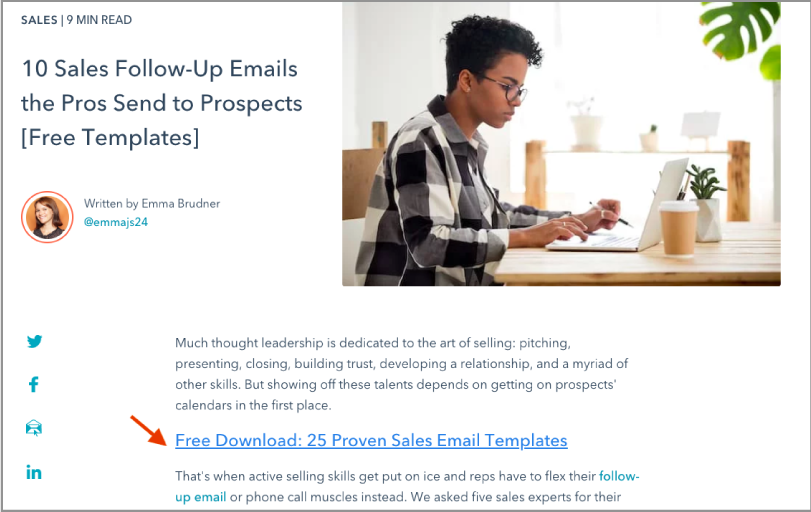
Similarly, Conversion XL offers a conversion guide to download while browsing a checklist type of article on how to increase online sales. It makes perfect sense to download the conversion guide as more in-depth reading.
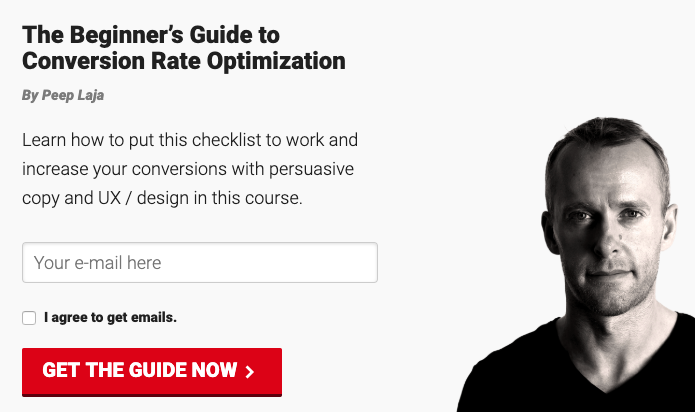
LeadPages hands out a downloadable sales & marketing guide at the end of their article on how to attract more clients.
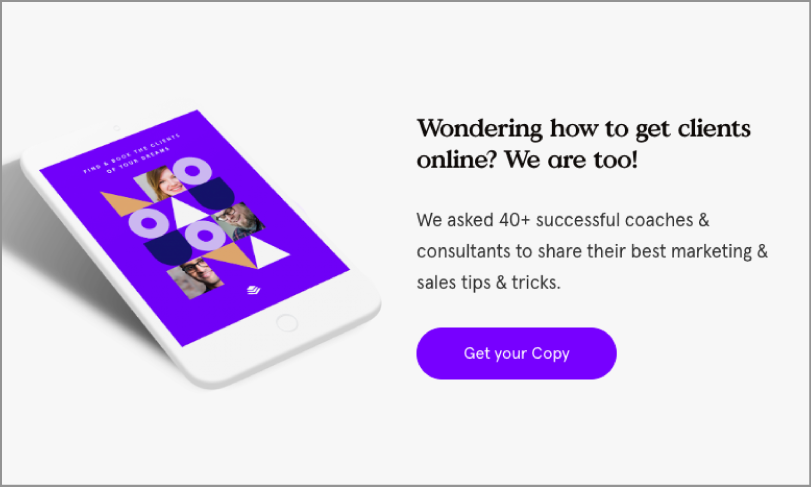
Keep in mind that there is no bulletproof recipe for creating email collecting forms. Your best option is to test different variations, understand what works and optimize as you move along.
A/B testing tools such as Omniconvert or Crazy Egg allow you to test your copy, design, placement. Heatmaps and screen recordings offer a deeper understanding of how users interact with your web-pages, where they click, how much they scroll down and more. Hotjar is a great tool for this kind of insights.
3. Nurture
You’ve now offered something of value to your visitors and they are no longer strangers. This is essentially the foundation of a (hopefully long-lasting) relationship with them.
What you now need to focus on moving further is developing the relationship, nurturing your leads through helpful and educational content.
Lead nurturing is super effective, nurtured leads make 47% larger purchases than non-nurtured one as per The Annuitas Group. Yet a lot of companies don’t pursue nurturing at all or target potential buyers with improper content. So how you go about lead nurturing will directly impact your conversion rate.
If you want to make the most out of your nurturing strategy, there are a few things you should pay attention to:
- Segment you leads. Potential customers entering your marketing funnel are in different stages of the buying cycle. Some people are just becoming aware of a problem they current experiment (also known as awareness stage), others might have already identified the problem and are searching for different solutions (evaluation) while others already know what solution they want to go for and are researching and comparing different vendors (purchase). So you can understand why different buyers have different needs in terms of content. Feeding them the unfit content can break the trust you are so hard working on building.
- Create different types of content for different types of buyers. According to Pardot’s State of Demand Generation study, 77% of buyers want different content at each stage of their research. For buyers in the awareness stage, it’s important to give a name to their problem so they can start looking for solutions. Content such as blog posts, educational webinars, ebooks are most relevant. For buyers in the evaluation stage your best bet in on product demos, case studies, FAQs. Buyers in the purchase stage will be interested in free trials, live demos or product comparison. Regardless of what shape your content takes, remember to make it super practical, actionable and easy to consume.
- Combine email with video. There are quite a few arguments for embedding videos in your email campaigns. First is that video in email boosts the click-through rate as much as 200 – 300% increase. 84% of consumers have made up their mind to purchase a product or service after viewing a brand’s video. And it makes sense: we are all getting more and busier and would much rather watch a video than read text. And video allows you to reach out to your buyers in a more personal manner, make them feel they are talking to a real human being.
- Personalize your emails. According to Instapages, personalized emails deliver 6x higher transactional rates. You can think of sending personalised emails to people downloading gated content or clicking on certain links in your email.
- Automate your email campaigns. Sending personalised emails and content to different types of buyers in your marketing funnel involves a ton of effort if you do it manually. Not to mention you can get lost and not know what to send to who. Platforms such as ActiveCampaign, HubSpot or MailChimp allow you to automate email campaigns, save time and stay organized.
- Keep your expectations realistic. The more complex your service or product is, the longer your sales cycle might be. Therefore it’s best to set realistic expectations in terms of how many times you should reach out to leads. Research from the Marketing Lead Management Report shows that prospects receive 10 marketing touches from the time they enter the top of funnel until they are closed-won customers. So make sure your leads don’t feel rushed in any way.
- Reach out beyond email. While email is cost-effective and can be automated, your customers live beyond their inbox. So in order to stay in their minds think about reaching them on social media, through paid retargeting or dynamic website content as well.
4. Convert
If you did a good job with educating your leads with practical, smart and well-targeted content, some of them will move further in the buyer’s journey, reaching the decision phase.
Some of your leads will never buy from you. And it is perfectly alright, as it’s impossible to cater to everyone. What you need to focus on is recognizing which leads are ready to purchase and offer them an incentive to buy.
But how do you know when a certain buyer in your funnel is in the decision stage? Truth is, we don’t have a bulletproof answer because every business is different. However, there are a number of signals to look for that can indicate the purchase intent. You will have to decide if these signals make sense for you or if there are additional ones for your business in particular. But this should be a good checklist to get you started:
- Email engagement – these are the people consistently opening your emails, clicking on links within the email, perhaps even forwarding emails
- Interact with your content – read blog posts, download ebooks, whitepapers
- Behaviour on website – lookout for those leads converting on multiple web-pages; they might sign-up for an educational webinar, download a case study and an ebook for example. Also pay attention to lead checking pricing pages, requesting consultations or demos.
If you prefer a mathematical approach, you can also go for a lead scoring system. This means listing out all signals and attributing a value to each one, then evaluate each lead based on the final score.
Here is an example of lead scoring from SnapApp.
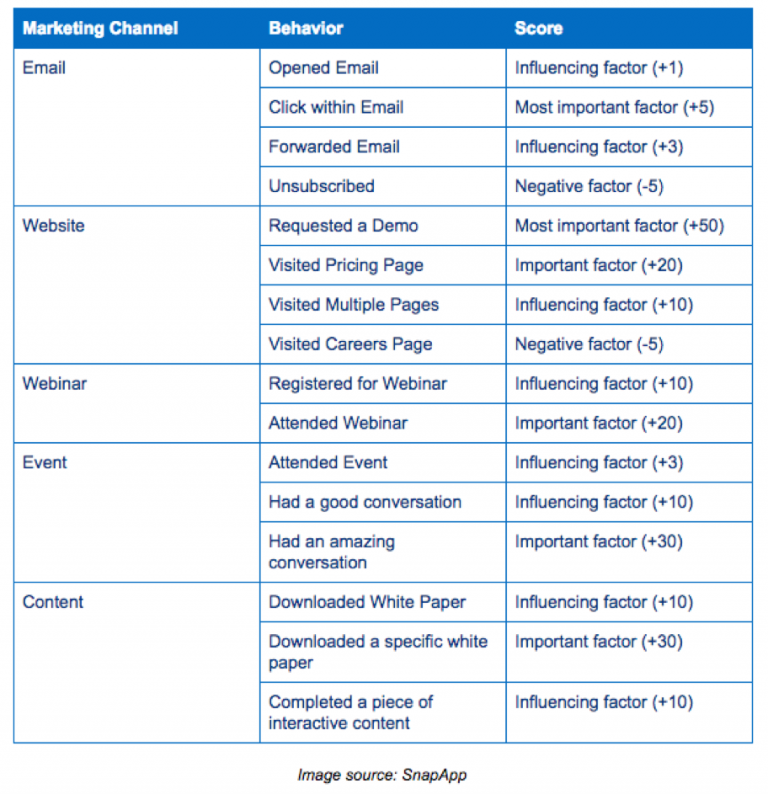
When you have a good idea who are your ready to buy leads, it’s your chance to ask for the sale. Some of the most used incentives at this point are:
- Free trials
- Extra features for a limited period of time
- Limited offers
- Free consultations
We hope that after reading this article you have much more clarity as to how you can get started and what steps to take to increase conversions.
If you think that our process makes sense for your business but just can’t find the time to do it on your own, we can assist you.

